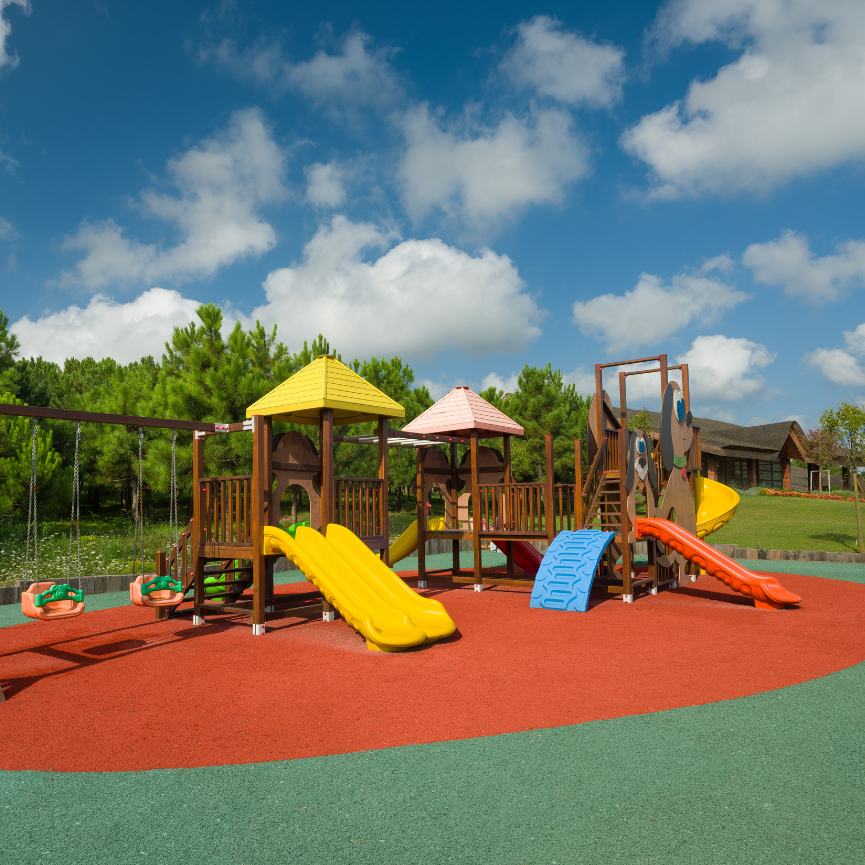
- May 09, 2024
- 178 Views
- 0 Comments
Discovering The Key To Safety For Autistic Children
Our Autistic children’s safety is always foremost in our mind. Along with therapy and treatment for Autism Spectrum Disorder, it is also necessary to ensure their well-being and safety around the house and in other environments.
However, you need not live in constant fear. Here are a few tips and points to keep in mind and all will be well!
As parents of Autistic children, we have reasons to worry for the safety of our children, inside or homes or outside. The home can be a very dangerous place for any young child, but it can be even more dangerous for your child with Autism. The distinction is that for children with autism, safety precautions and procedures that normal parents put in place for very young children may need to remain in place for a lot longer. To keep your youngster safe, have a look at this checklist.
Modifying the house such as placing gates in stairwells and doorways, covering electrical outlets and using childproof locks on cabinets are among the things most parents do to ensure the safety for autistic children.
People in this spectrum are generally sensitive to loud noise, bright lights or crowded places.
They also find it upsetting if their daily routine changes, they meet new people or they don’t get their favorite food or toy.
So this also makes them hyper which could lead to some problems like throwing utensils, breaking plates and cups, dumping drawers and bins, and climbing out of or breaking windows.
There are many factors whose modifications can keep your special kid safe at home. Some of the things that could be taken care of to make your home autism-friendly are:
- Furniture: Secure especially top-heavy furniture to the wall with furniture brackets or safety straps. Remember that some electronics may be bulky or simple for your child to pull over, so use devices like TV safety straps.
- Cleaning products: All cleaning products, which can be toxic, should be put away in a safe location.
- Doors: Key locks may be enough for some children with autism, but you may want to use door alarms to prevent your child from leaving your home without your knowledge. Again, remember to keep your keys in a place out of your child’s reach. If your child has been known to wander, you should use a child locator.
- Hot water: Sometimes children with autism struggle with sensory challenges, so they may be more at risk of getting burned by hot water simply because they cannot feel hot or cold. You can reduce the temperature on your water heater as one easy fix. You might want to try turning on the hot water while using the cold water if you have an older child with autism. To warn your toddler that the hot water knob could be dangerous for him, you might even stick some stickers on it.
- Swimming pool and water safety education are vital for kids with autism since before the Danish study on the mortality rates of persons with ASD, a California research team identified drowning as the reason behind the elevated death rate of people with ASD.
- Schedule: Make a schedule for your kid so that he works accordingly. You can make a realistic picture or visual posters, a schedule which would show daily routine tasks like eating, sleeping, bathing dressing etc. This could help him to memorize the daily routine and to act according to it.
- If your kid gets a meltdown often and doesn’t listen to your words that means he needs more alone time. So give him space as he would heal himself.
- Keep some food prepared for your special one as the same type of food or taste could make him aggressive. So there is a need to change the taste and by this he could also learn about new taste, smell etc. which is a sign of developing his senses.
- Some lights and sound may be bothering your kid. So avoid using those things that could make your kid with ASD hyper.
- Our Autistic kids also have problems expressing their thoughts and some also have speaking disorders. So learn the sign of your child, so that you could easily detect what’s bothering them like the weather or some sound or smell etc.
- Keep racks and other breakable items out of reach of your special kid as these could hurt them.
- Stow electrical plugs and appliances away from your kid.
- Other factors like social stories telling activity schedules, visual rules, signs/charts, peer and adult modeling, reinforcement for safe and appropriate behavior, consistent consequences for unsafe or inappropriate behavior could be initiated to teach them daily life skills and make them understand the right approach.
Once these general safety, good judgment, competence and understanding of what is expected can be demonstrated, many of the environmental modifications can be faded over time.
Introducing the home modifications and intervention techniques mentioned above will not only help keep your child and your family out of harm rather they will also help ensure your child is ready and able to learn and better be able to reach his full potential.



Comments - 0 comments till now